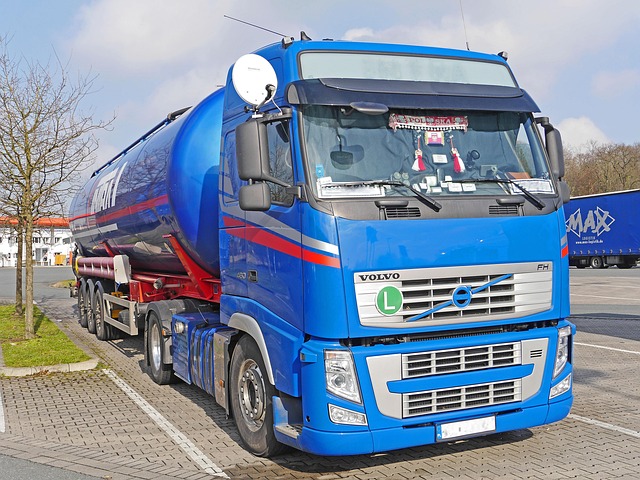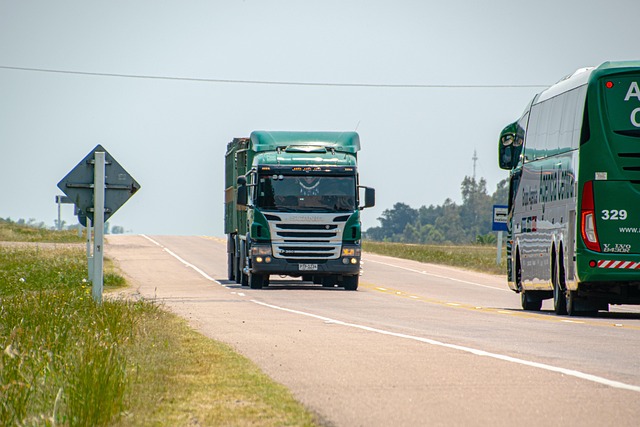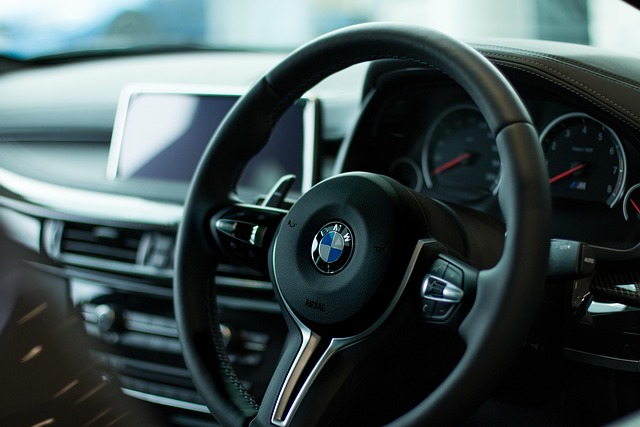Looking to register your car in California? This comprehensive guide breaks down the process step-by-step, from understanding key requirements to navigating crucial DMV procedures. We’ll walk you through gathering essential documents, including proof of insurance and ownership, and highlight the significance of DMV VIN verification for a smooth registration experience. Discover post-registration considerations to ensure your vehicle complies with state regulations.
- Understanding the Registration Process
- Gathering Required Documents
- The Role of DMV in Vehicle Registration
- VIN Verification: How and Why
- Post-Registration Steps and Considerations
Understanding the Registration Process

Registering a car in California involves several steps, but understanding the process can make it easier. The first step is to ensure your vehicle meets all legal requirements, including emissions standards and safety inspections. Once your car is ready, you’ll need to visit a Department of Motor Vehicles (DMV) office or use their online services for registration. A key part of this process is the DMV’s Vehicle Identification Number (VIN) verification, which ensures the car’s details match the information on record. This step can be completed quickly, often with a simple inspection and data cross-reference.
Using a mobile VIN verifier can streamline this process further by allowing you to verify your vehicle’s history remotely before visiting the DMV. This is particularly beneficial for those who live far from a DMV office or have busy schedules. A VIN inspection checks for any discrepancies in the car’s past, including accident reports, outstanding loans, and recall notices. By having all this information upfront, you can navigate the registration process more efficiently, ensuring your vehicle is legally registered without delay.
Gathering Required Documents

Before diving into the registration process, ensure you gather all the essential documents required by the California Department of Motor Vehicles (DMV). This includes your vehicle’s registration certificate from the previous state, a completed and signed DMV Form 8019 (Application for Title and Registration), and proof of insurance. Don’t forget to have your vehicle’s Vehicle Identification Number (VIN) ready—this unique identifier is crucial for the DMV vin verification process.
A mobile vin inspection or mobile vin verification service can be particularly helpful if you’re unable to visit a DMV office. These services provide on-site assessments, making it easier to verify your vehicle’s VIN and ensuring that all documents are in order before submitting your registration application.
The Role of DMV in Vehicle Registration

The Department of Motor Vehicles (DMV) plays a pivotal role in ensuring the legal and safe operation of vehicles on California’s roads. When it comes to vehicle registration, the DMV acts as the central authority, providing essential services that facilitate the process for both new and existing vehicle owners. One crucial aspect of this is the vin verification process, which involves checking the unique identifier (Vehicle Identification Number or VIN) to ensure the car’s authenticity and history are accurate.
DMV offers convenient options like mobile vin verification and even mobile vin inspection services, allowing individuals to complete these necessary checks efficiently. These steps are critical in preventing fraud, ensuring vehicle safety standards, and providing peace of mind for California drivers.
VIN Verification: How and Why

When registering your car in California, one crucial step is ensuring your vehicle’s Vehicle Identification Number (VIN) is verified. This process involves checking the authenticity and condition of a car’s unique 17-character VIN code, which acts as a digital fingerprint for the vehicle. It’s a critical step that helps protect against fraud and ensures you’re registering a legitimate car.
A mobile vin verifier or a vin inspection can facilitate this process by comparing the provided VIN with records from manufacturers and government databases. This verification is essential when dealing with used cars, as it helps buyers avoid potential scams or hidden issues. It’s as simple as scanning the VIN using a specialized app or tool, which then cross-references the data against official sources, providing instant validation for peace of mind before finalizing the registration at the DMV (Department of Motor Vehicles).
Post-Registration Steps and Considerations

After successfully registering your vehicle with the California Department of Motor Vehicles (DMV), there are several important post-registration steps to consider. One crucial aspect is ensuring that your Vehicle Identification Number (VIN) has been accurately verified by the DMV during the registration process. This step is vital as it confirms the vehicle’s authenticity and history, which is essential for future ownership and insurance purposes.
Additionally, you may want to explore convenient options like a mobile VIN inspection or using a mobile vin verifier to verify your car’s VIN independently. These services allow you to quickly and easily confirm your vehicle’s details, providing peace of mind that all information associated with your car is correct and up-to-date.
Registering a car in California involves several steps, from understanding the process to gathering essential documents. The DMV plays a crucial role in this procedure, especially through its requirement for VIN verification, which ensures vehicle authenticity. Once registered, it’s important to stay informed about post-registration considerations. By following these guidelines and staying organized with your documentation, you’ll efficiently navigate the car registration process in California. Don’t forget to prioritize safety and legality by keeping your DMV records up-to-date, especially during the critical dmv vin verification step.
